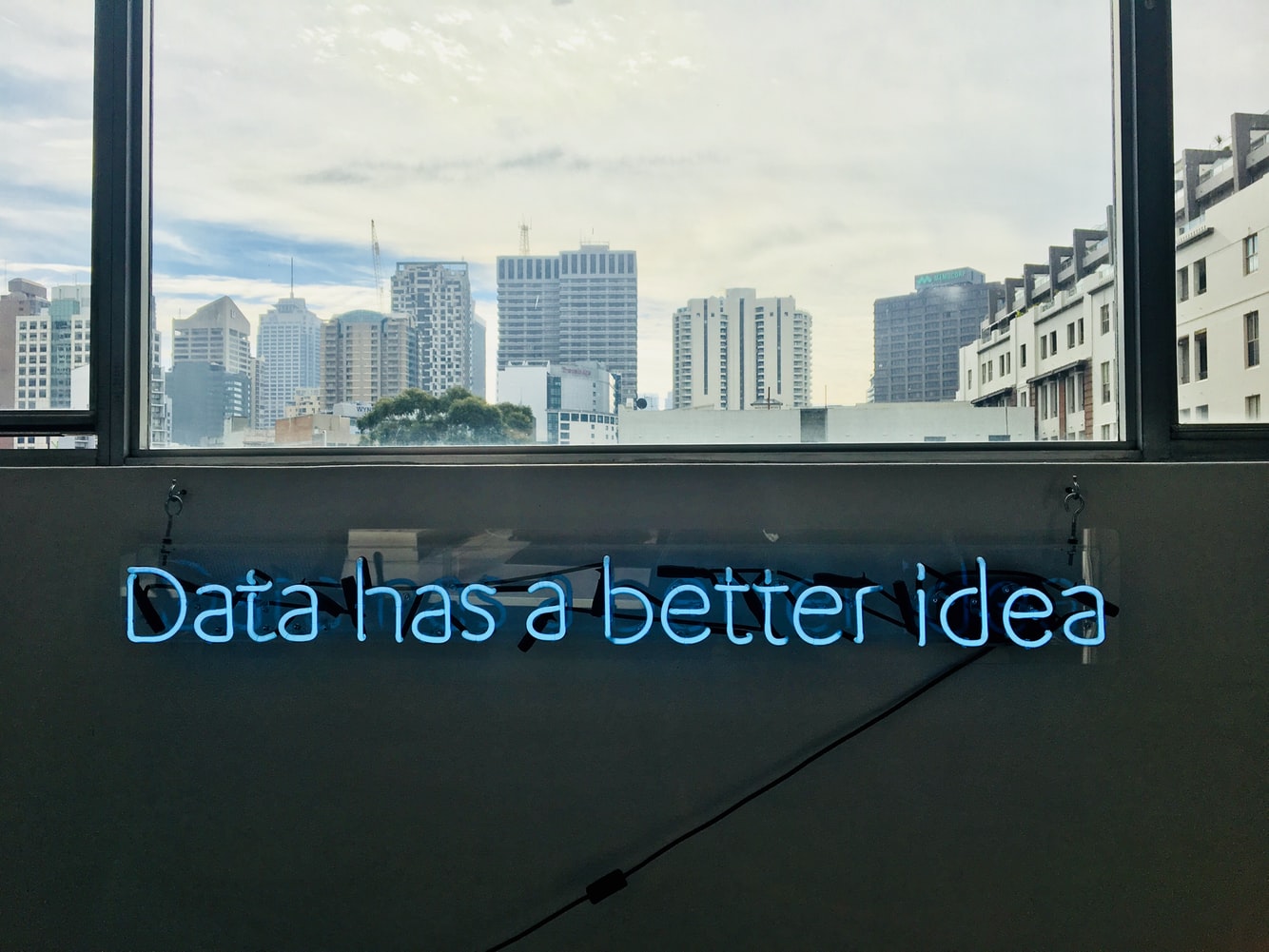Blog Post
3 times Artificial Intelligence Saved the Day
How many times have you heard the story about “robots’” world domination? But have you heard that one version in which “robots” actually save the planet?
Getting away from Black Mirror scenarios and moving closer to reality, we can count several AI practices that address problems of the planet and create social impact on sustainability, environment, or safety.
1. Sustainability
Humans and “robots” make the best team for the environment! It’s almost the perfect moment to say that “robots” are literally saving the planet. Have you heard about AI for Earth? It’s a program developed by Microsoft which creates and tests innovative AI applications aiming to solve global environmental challenges.
Among several organizations and ecologists that were supported by this program was Maria Uriarte, a professor of Ecology, Evolution, and Environmental Biology at Columbia.
Her research used Microsoft’s machine-learning tools to explore how tree species have been destructed in the forest during hurricane Maria in 2017. More specifically, AI tools recognized and sorted tree species in 0.6 seconds, where humans would need 80 seconds.
When asked about the contribution of AI in her research she said;
“There are large tree species and small ones, and the canopy of the bigger ones often covers the smaller ones, so we need 3-D images and aerial images. It’s a lot of data and thus a challenge that calls for a data-driven, AI-intensive approach.”
2. Accessibility
Apparently Artificial Intelligence is changing things for people with disabilities as well. One of these innovative changes is translating sign language into text for people with hearing disabilities. The AI app uses neural networks that recognize the movements of sign language and then an algorithm translates them into speech. This way it manages to bridge the gap between people with hearing disabilities and hearing people who do not understand sign language.
Talking about accessibility, other applications of AI have been assisting people with vision disabilities by automatic image recognition. One of the greatest applications of this is Google’s Vision AI. The product uses neural networks to detect the content of an image and then extract textual information.
3. Prevention Mechanisms
Facebook users spent a lot of time every day on the platform, sharing updates about their lives, including their relationships and feelings. Combining these facts with the increasing number of suicides around the world, Facebook launched a prevention mechanism to detect suicidal thoughts in status updates.
Using machine learning, Facebook aims to help people in need on time. The tool uses signals such as phrases in posts or comments to identify posts from people who might need help. The greatest challenge in achieving this was to understand the context of the whole phrase when words such as “kill” or “death” are included but not necessarily imply suicidal tendencies. The Facebook team managed to overcome that challenge by reducing the data set of examples insinuating suicide but also by taking into account the comments and reactions of the post.
Undoubtedly, when the worlds of technology and social responsibility meet there is a lot of magic happening. The potential of AI to be one of the main driving forces for societal change is enormous.
At Pi School, we always remain curious about the result of combining machine intelligence and human creativity, especially when it’s used to shape the future.
-

Zoe Minogianni
Social Media Specialist
